As professionals, we are often asked which material should be chosen, and there is no good answer, more precisely the correct answer is that it depends... but on what?
Let's look at a few aspects that can help you choose:
1. Previous experience, allergy:
If the guest has had artificial nails before, it is always a good starting point to find out what their experiences were. Did the previous material work, was it comfortable to wear, were there no allergic reactions? If everything was fine, then we can stick with the usual material, however, if there was a problem with durability (separation, breakage), then it is worth trying to find out the reasons, whether there was some technical error during the preparation, or the given material is suitable for the guest's lifestyle and nails inadequate. In the latter case, we should definitely try to use a different material or a different technology, but we should definitely ask for feedback from the guest within a few days about his experience.
2. Thin, weak nails:
In many cases, flexible, weak nails with too much flexibility are not a suitable base for hard materials such as porcelain or strong building gels. In the case of such nails, we need to find a material that, with its slight flexibility, can follow the movements of the nail plate, yet gives a strong hold to the finished nail. A more flexible building gel (such as Cool Protein or Bright Clear/Extreme Whitening Gel) or Polyacryl gel products can be ideal for this.
3. Weakened, damaged nails:
A weakened, damaged nail makes the nail bed more unprotected and sensitive, which has the problem that the bonding process can be very painful in the case of UV-binding materials. This can be eliminated by using porcelain material or even Acrylgel Prime materials, which do not heat up at all during bonding, so they do not cause an unpleasant, burning sensation.
4. Chewed nails:
Especially in cases where the first skin fold is located higher than the nail plate due to nail biting, we have to use a temporary solution for the period until the nail plate grows forward and pushes the first skin fold back into place. The porcelain material is ideal for this, which can be soaked with acetone after 2-3 fillings, and then you can work on the newly grown nail with any material.
5. Mixing glitters and flakes:
When we make a nail containing glitter, pigment powders, and flakes in such a way that they are incorporated into the nail, acrylic gels and very thick building gels will not be suitable for this, because during mixing, a lot of air bubbles are introduced, which do not work out for very long or at all. In such a case, it is better to work with softer building gel or porcelain.
6. Installation of gel polish:
Building gel polish into the nail, for example, is difficult because, on the one hand, it slightly weakens the structure of the nail, since it is not a building material, and on the other hand, it is not compatible with porcelain material at all. In this case, the best choice is either polyacrylgel materials or dense building gels, which work perfectly with gel polishes, thanks to the sticky cohesion layer, the layers bond together and give a suitably strong nail as a result.
7. Short, natural looking nails:
In the case of short nails, we should choose materials that are sufficiently thin and give a natural effect, but at the same time strong. In such cases, self-spreading gels, such as Cool Protein or Build&Fill gels, or Milky White Soft Builder Gel - Épító Zzelé 50g, are very good choices.
It can be seen that there is no such thing as a bad or perfect group of materials, it depends on the purpose for which we are looking for the material, so it is worth using and knowing them as much as possible so that we can always recommend the right material for the guest. You can also read about the beneficial properties of acrylic gel in our article PolyAcryl Gel, a popular nail construction technique for artificial nails.
Article author:
Piece Year







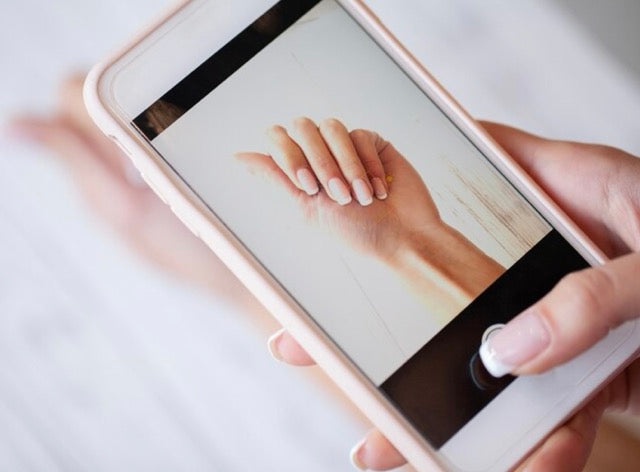
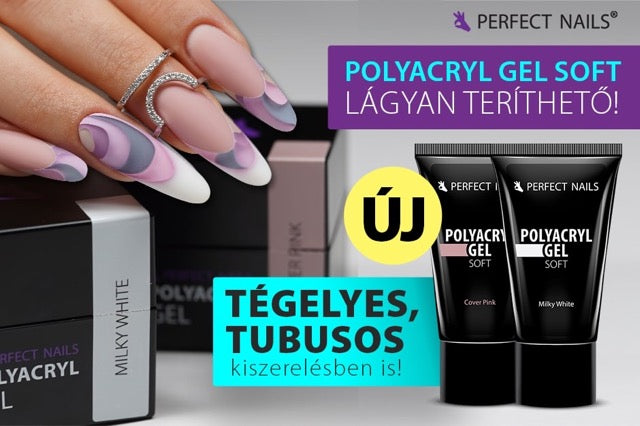

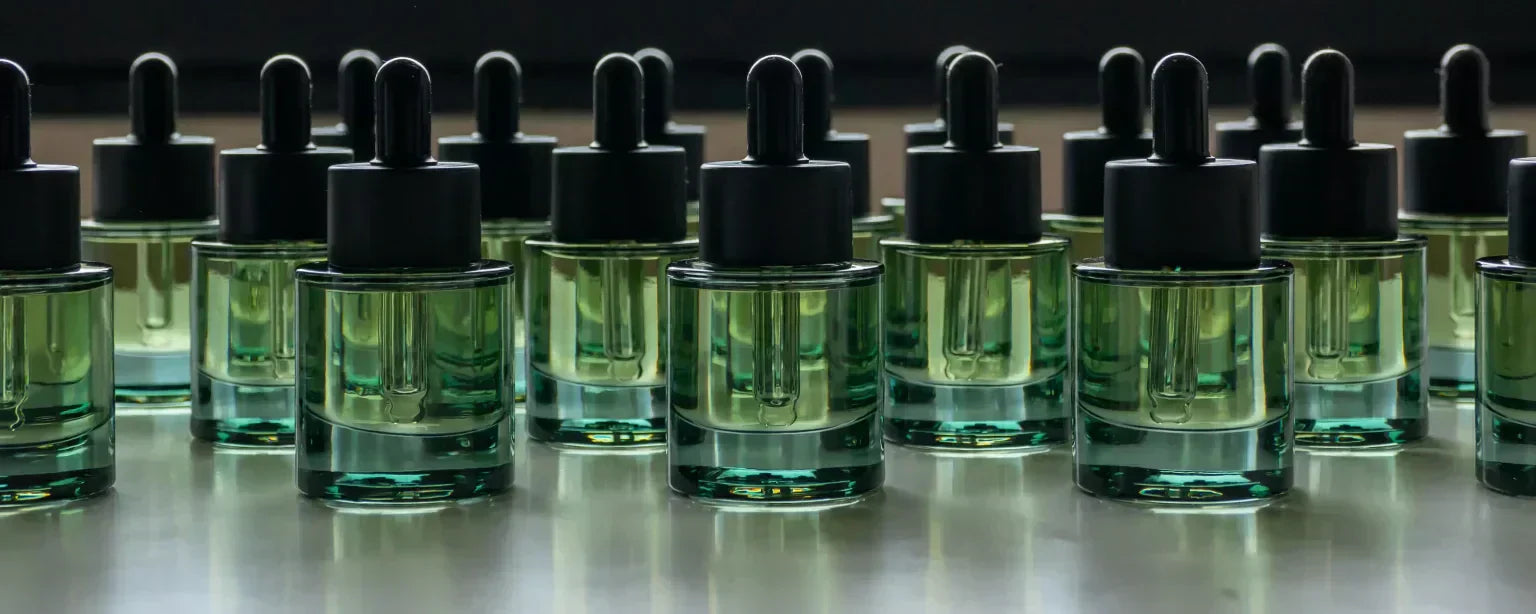
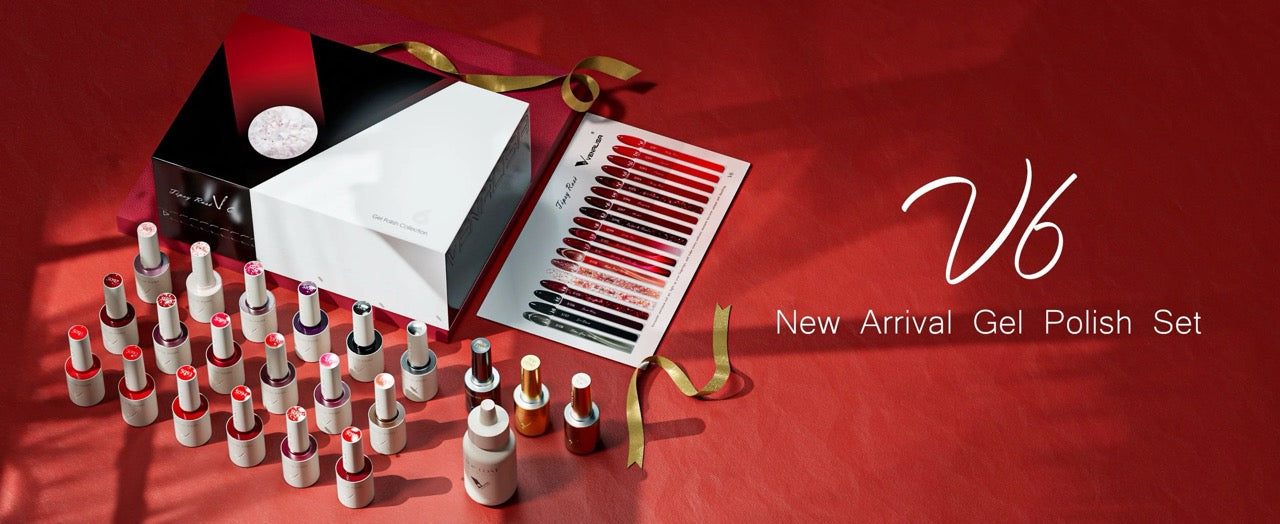

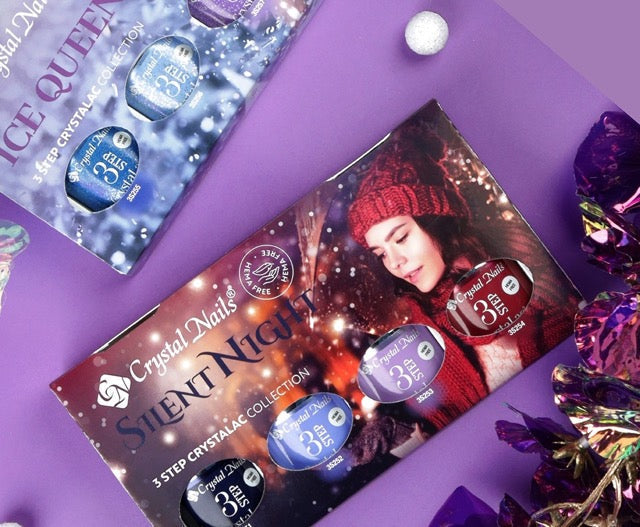
Share:
Discover the color of the year 2024: Peach Fuzz - Symbol of Sophistication and Freshness
How can you create a step-by-step nail care routine?